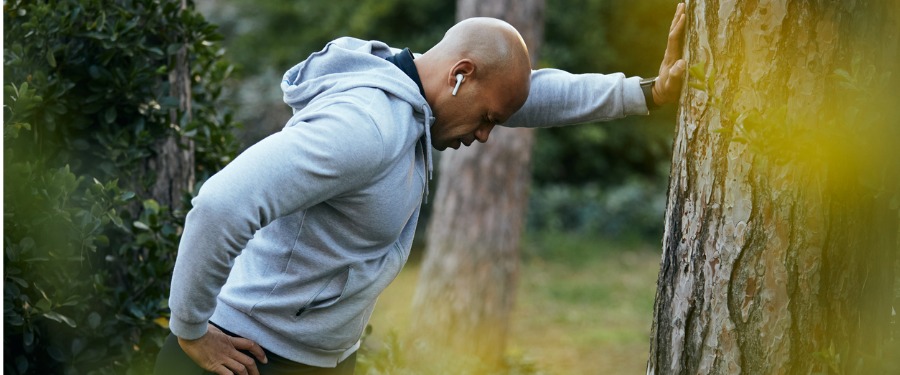The real-world impact of asthma and inequality

Asthma, characterized by chronic inflammation in the airways of the lungs, can lead to symptoms such as coughing, chest tightness, wheezing, and shortness of breath. It is a condition that impacts 8.3% of Americans, or roughly 26.5 million individuals. Despite current therapies, asthma is responsible for 1.3 million emergency room visits and over 3,500 deaths yearly.
While asthma is a condition that can impact anyone, its reach is not distributed equally. Research shows that asthma is more prevalent in women than men, and children are more prone to asthma than adults. Additionally, racial and ethnic minorities are both more likely to experience asthma and are more likely to experience disparities related to receiving appropriate treatment and symptom management.
The inequality associated with asthma
Asthma prevalence in children
Asthma is the most common chronic illness in childhood, affecting an estimated 9.4% of children (compared to 7.7% of adults), and accounting for 13.8 million missed days of school annually. Children are more likely to suffer from frequent asthma attacks (a sudden and severe worsening of symptoms), and these are especially common for children under the age of 5.
It is a common misconception that children can “outgrow” asthma, but this is not usually the case. Fortunately, symptoms often do improve with age — however, airway inflammation may never fully subside and can recur later in life, and half of all children with asthma will experience symptoms again in their 30s or 40s.
Racial and economic disparities related to asthma
In addition to impacting children disproportionately, asthma also has an outsized impact on certain ethnic and socioeconomic groups. According to the Asthma and Allergy Network of America, Blacks, American Indians, Alaskan Natives, and people of multiple ethnicities have the highest rates of asthma. The condition is often underdiagnosed and under-treated, especially for low- or middle-income individuals, and asthma-related deaths are 83% higher for Black adults than White adults.
People living in poverty are also more likely to have asthma regardless of their race and ethnicity. Individuals in the lowest income bracket have the highest rate of asthma diagnoses, and as household income increases, asthma prevalence decreases.
Additionally, the cost of symptom management and condition treatment can be prohibitive for those in lower income brackets. The annual per-person cost of asthma totals over $3,000 each year, and statistics show that 1 in 4 asthma patients are unable to afford their treatments.
Disparities like these shine a light on the real-world impact of living with asthma and underscore the importance that clinical trials recruit individuals who accurately reflect the larger patient population. Finding treatment solutions that work for all people, including those who historically have been at a disadvantage when seeking medical treatment, is only possible when potential therapies are studied in an inclusive way. If you’d like to learn more about the current clinical trials open to asthma patients, click the button below to get started.
Topics: For Patients
